The Coconut Crab (Birgus latro) is the largest terrestrial arthropod in the world and is found in the British Indian Ocean Territory (BIOT), among other places. Here are some key details about the Coconut Crab in this specific region:
Description
- Appearance: Coconut Crabs are known for their impressive size, with leg spans reaching over 3 feet (1 meter) and weights up to 9 pounds (4 kg). They have a strong exoskeleton that is typically a dark blue or purple color.
- Anatomy: They have large, powerful claws used for breaking open coconuts, their namesake food source, though they also eat fruits, nuts, seeds, and occasionally small animals and carrion.
Habitat
- Location: In the British Indian Ocean Territory, Coconut Crabs are primarily found on the Chagos Archipelago, a group of over 55 islands in the central Indian Ocean.
- Environment: They prefer coastal areas and can often be found near the base of coconut palms. They are also known to inhabit burrows or crevices where they can stay cool and moist during the day.
Behavior
- Nocturnal: Coconut Crabs are primarily nocturnal, coming out at night to forage for food.
- Climbing Ability: They are excellent climbers and can often be seen climbing trees to access food or to escape predators.
- Diet: While they are famous for their ability to crack open coconuts, their diet is quite varied and includes fruits, nuts, seeds, and occasionally meat.
Reproduction
- Lifecycle: Female Coconut Crabs carry fertilized eggs under their abdomen until they are ready to hatch. The larvae are released into the ocean, where they go through several planktonic stages before settling on land.
- Maturation: It takes several years for Coconut Crabs to reach full maturity, during which time they molt their exoskeleton multiple times.
Conservation Status
- Threats: While not currently listed as endangered, Coconut Crabs face threats from habitat destruction, over-harvesting, and climate change. The remoteness of the British Indian Ocean Territory provides some protection, but conservation efforts are still important.
- Protection: In many areas, Coconut Crabs are protected by law due to their ecological importance and declining numbers in some regions.
Ecological Importance
- Role in Ecosystem: Coconut Crabs play a vital role in their ecosystem by helping to disperse seeds and maintain the health of the forest floor through their scavenging activities.
Understanding and protecting Coconut Crabs in the British Indian Ocean Territory is important for preserving biodiversity and maintaining the health of their unique ecosystem. Conservation efforts should focus on habitat protection and sustainable management practices.

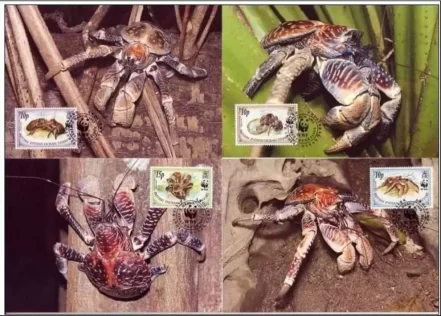

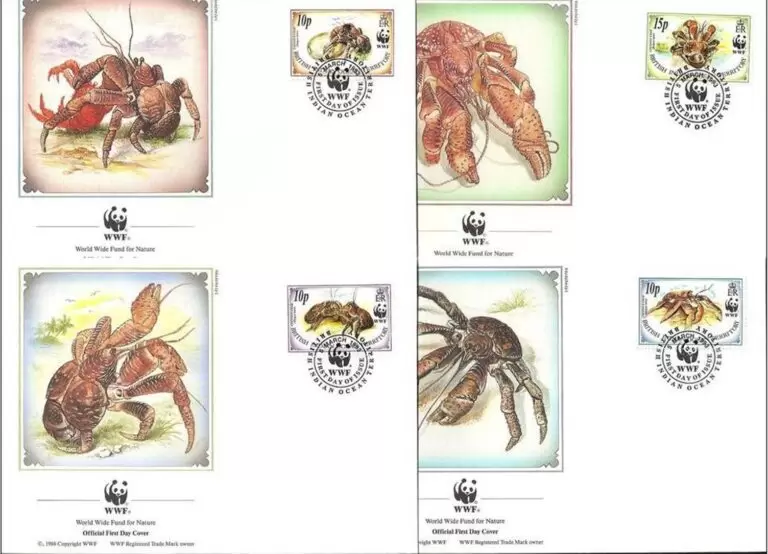

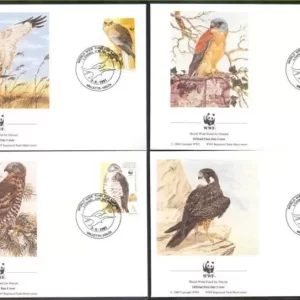
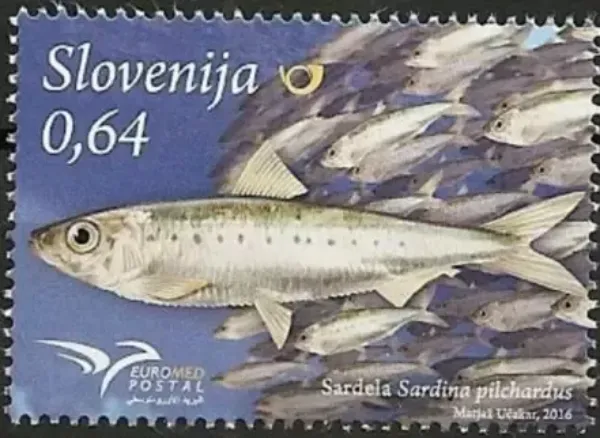
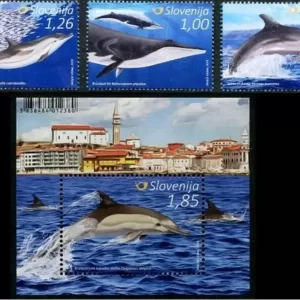
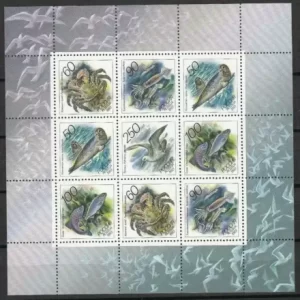

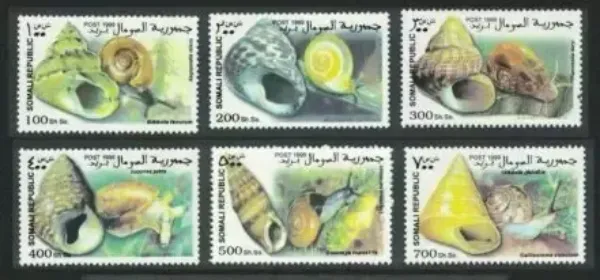
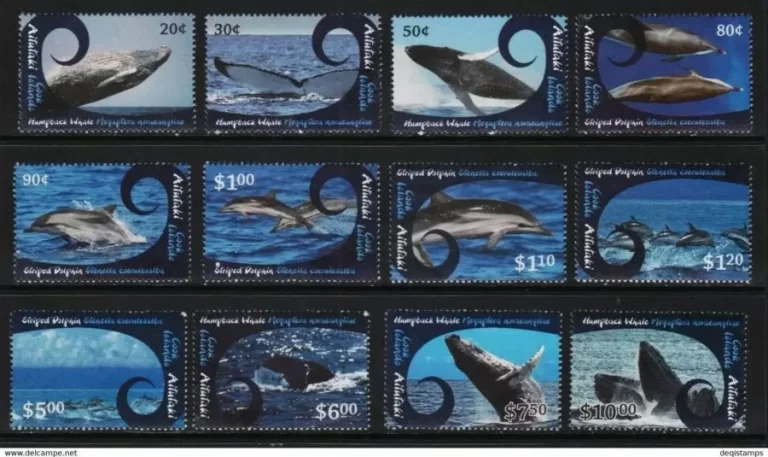
Reviews
There are no reviews yet.